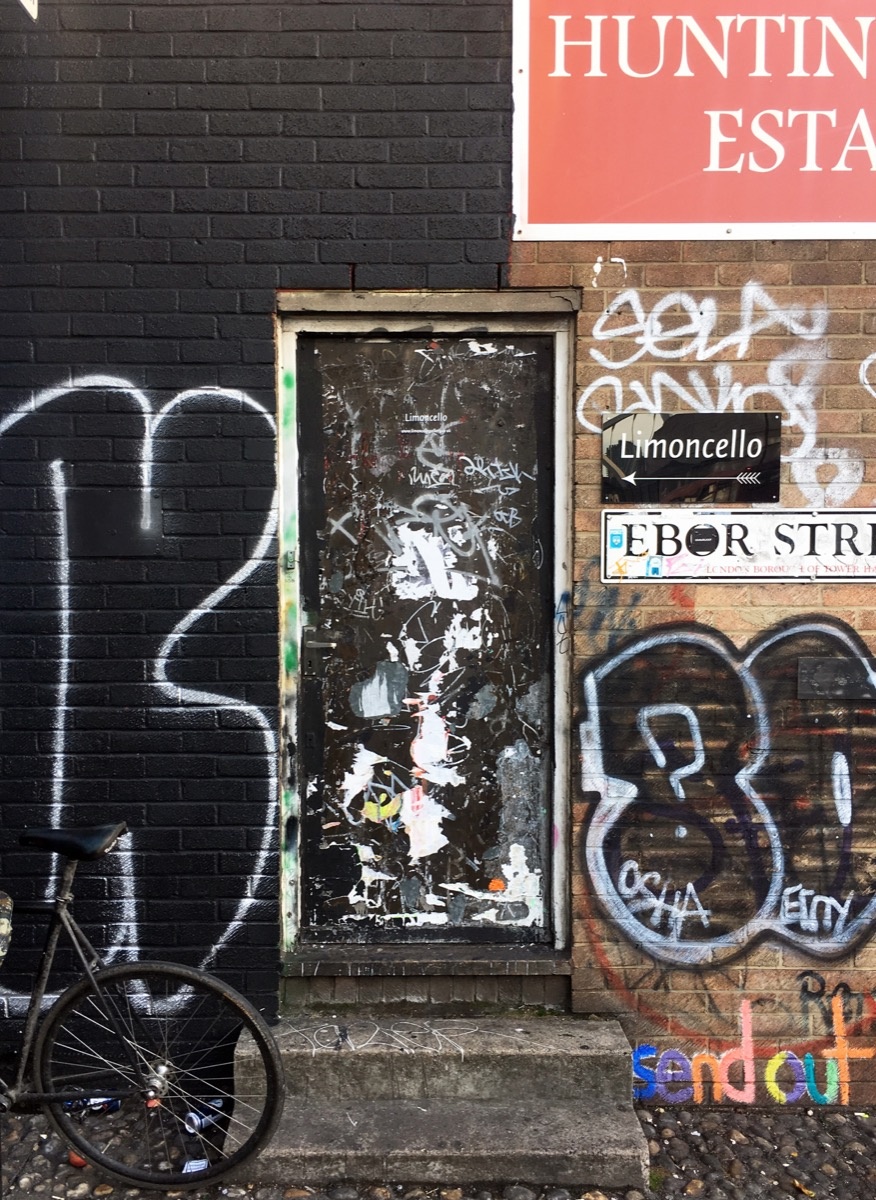Recent London Gallery Closures Show Struggle at Art Market’s Middle
 Image courtesy of Limoncello.
Image courtesy of Limoncello.
Ever since the global financial crisis of 2008 and the art market’s subsequent decline a year later, the middle market has come under increasing pressure. According to economist Clare McAndrew’s Art Market | 2017 report, the middle market—defined for dealers as works priced between $5,000 and $50,000—is the “most difficult segment” in which to operate. Along with thinning sales, galleries have been faced with rising rents and an art market in which commerce is increasingly concentrated during international art fairs rather than throughout the year in traditional gallery spaces. In response, some galleries are closing or changing their model for doing business.
Nowhere is the impact of these trends on mid-range galleries more evident than in London. Galleries including Limoncello and Vilma Gold have closed recently, though the latter will still “work on behalf of the gallery artists,” according to a letter sent by one of its founders. Other galleries, such as Ibid and the Old Master dealer Johnny Van Haeften, have relocated and adapted their business models.
Van Haeften was forced to leave his Mayfair gallery after 40 years when the building he occupied at 13 Duke Street was sold. The Dutch and Flemish specialist has since set up shop in his home in Richmond, southwest London, reducing his stock from 225 paintings to just 50.
Meanwhile, Ibid is relocating from Marylebone, West London, after two-and-a-half years. The gallery is said to be close to signing the lease on a new space in central London, but its founder Magnus Edensvard said in a statement that he is also partnering with “unique spaces, companies, and institutions” to mount one-off exhibitions in the meantime. The first presentation under this new program is a sculptural installation by David Adamo in the lobby of the Finsbury Circus House in Moorgate.
Galleries in many cities across the globe are contending with rent increases. Along with art fairs and salaries, rent is the largest expenditure for galleries, according to the art market researcher Magnus Resch, whose survey of 8,000 galleries in the U.S., Britain and Germany was published last month.
But rents are a particular problem in London due to a lack of cap on annual rent increases. The London dealer John Martin said rent is a major reason why galleries are abandoning the traditional brick and mortar model. Martin himself was forced to move from the ground to the first floor in Mayfair’s Albemarle Street in 2015 because his £90,000-a-year rent was about to triple.
“Instead of slogging your guts out spending six months of the year working just to pay rent, gallerists are instead choosing to do more art fairs, sell online, or collaborate with public institutions or property developers to put on exhibitions,” he said. “We are no longer just shopkeepers.”
Martin says collaboration between galleries will also be crucial for the future of the trade in the U.K. capital, which has become increasingly uncertain since Britain’s vote to leave the European Union last year. Martin is spearheading his own collaborative project to create a hub of 35 dealers, situated in five terrace homes in South Kensington.
One of the aims is to make it easier for gallery-goers to navigate several shows at once. “The public has become accustomed to art fairs where galleries sit side by side,” Martin said.
While art fairs accounted for around 41% of dealer sales in 2016, according to McAndrew’s report, the sheer volume of such fairs is spreading galleries thin. In an email announcing its closure, Rachel Williams, who co-founded Vilma Gold with Steve Pippett in 2000, says gallery business is now focused on “an endlessly accelerating global cycle of fairs which has impacted on the relevance of the traditional model.”
The gallery declined to say whether it would continue to participate in art fairs, but in her statement Williams says she will “begin working towards a new model of collaboration with both living artists and estates.”
The next big question, Martin says, is whether art fairs will adapt as galleries evolve. Some fairs, such as Art Basel, stipulate that galleries must have a physical space to apply. Others, including Frieze and Milan’s miarthave a more relaxed approach.
According to a spokesman for Frieze, the fair requires that applying galleries mount at least four physical exhibitions a year. However, he said, “Some of the galleries with whom we have long-term relationships currently don’t have fixed exhibition spaces.”
Meanwhile, Anthony Reynolds, who closed his London space in 2015 but maintains all the activities of a primary gallery, exhibited at miart last year. Reynolds’ decision to shut was taken as “a way of encouraging a more flexible approach and a mutually beneficial economic model” according to a statement. In 2017 the gallery is organizing five exhibitions in four countries and taking part in five fairs.
The main reason art fairs are so coveted by dealers, Resch says, is because of the lure of new collectors. “The fundamental problem for galleries is there are not enough collectors, that’s why galleries open and close,” he said. According to his Global Art Gallery Report, 49% of galleries were founded after 2000 and a meager 7% have been open for more than 35 years.
“This might seem like a new problem, but it’s not. Galleries have always closed and new ones have always joined the ranks,” he said.
—Anny Shaw

No comments:
Post a Comment